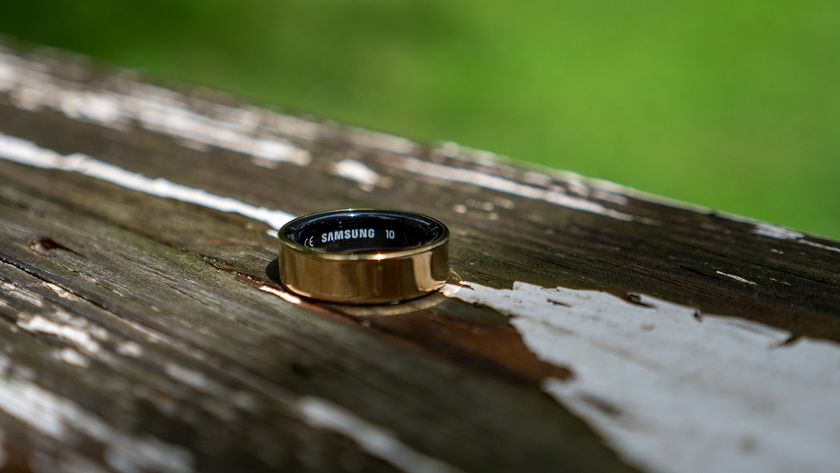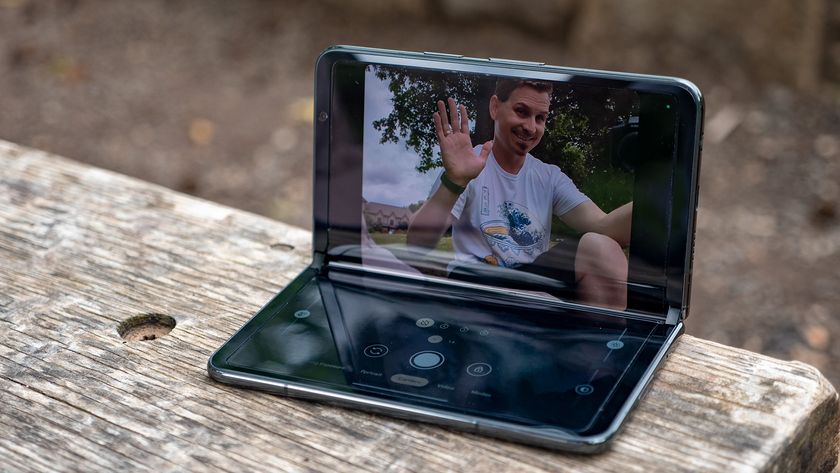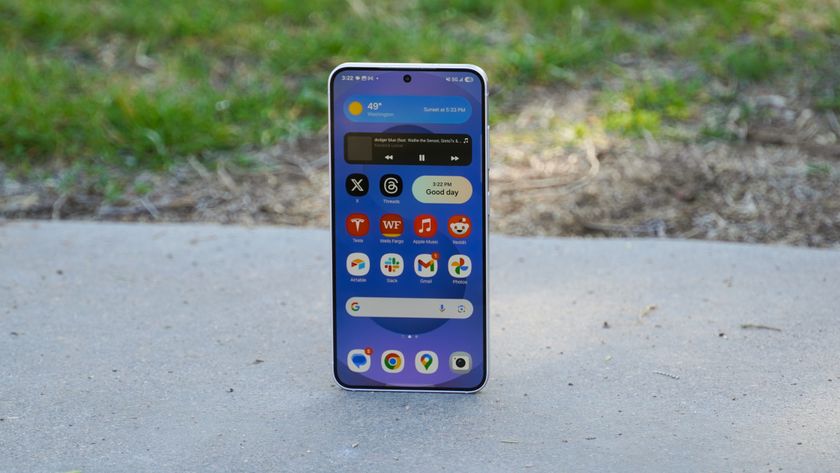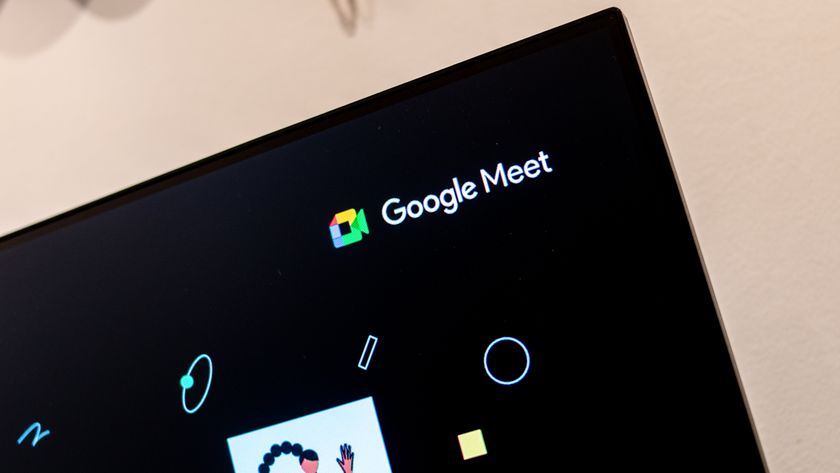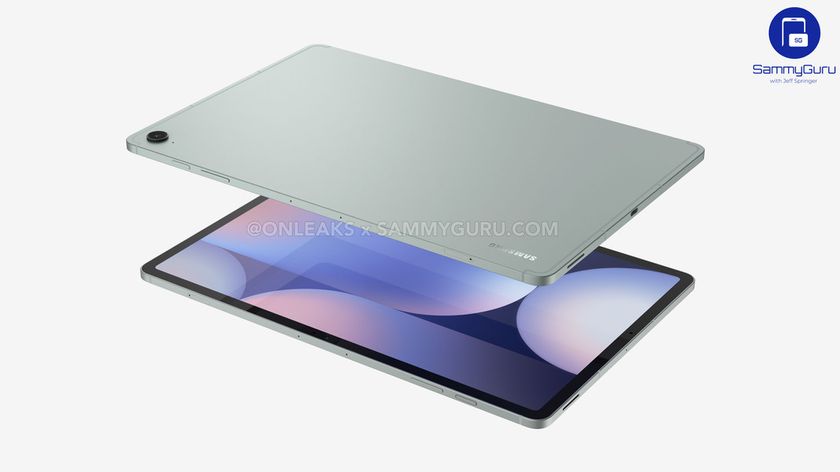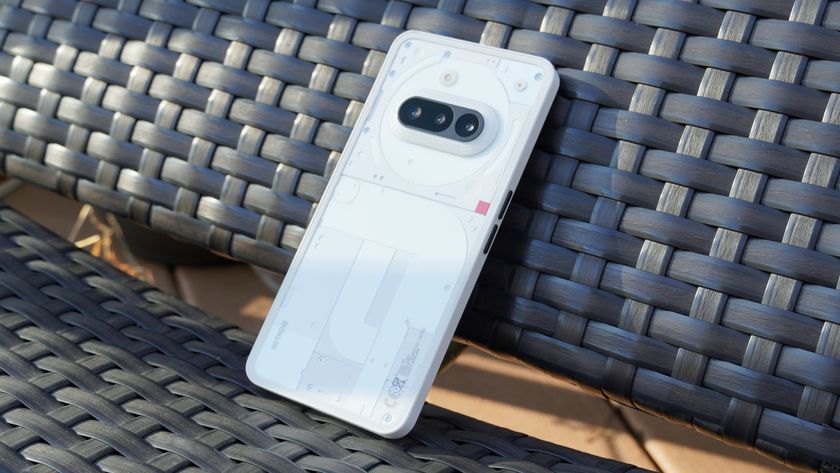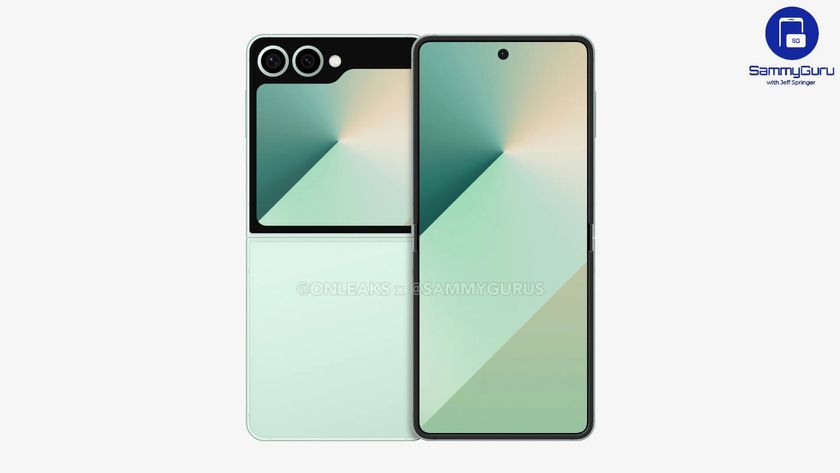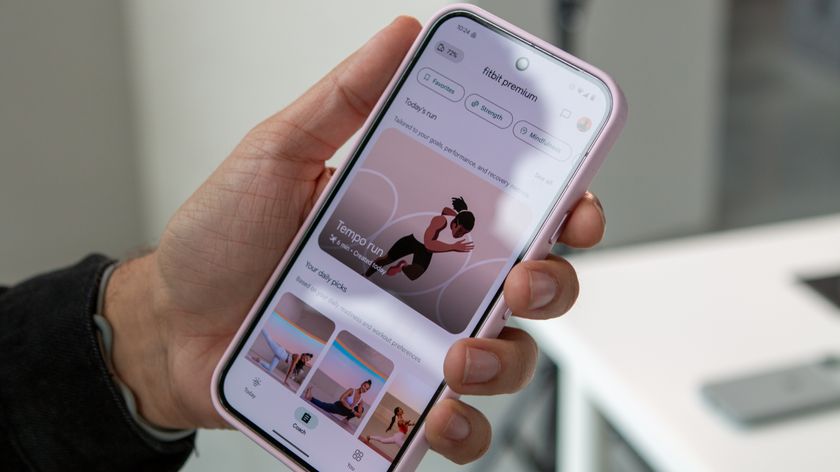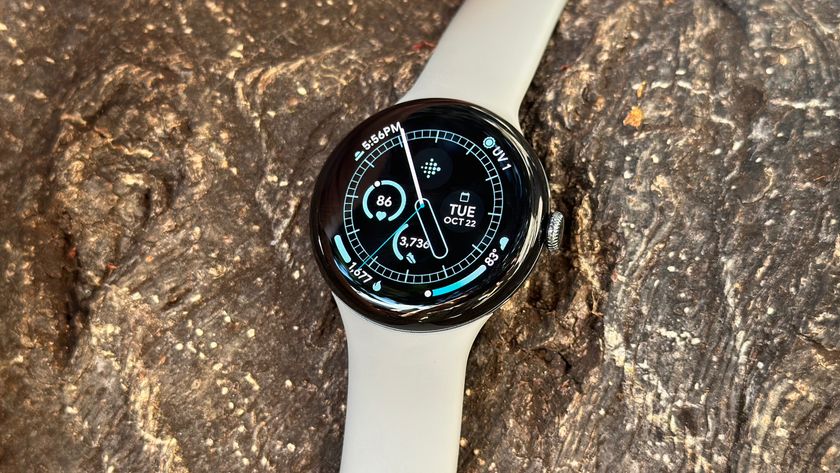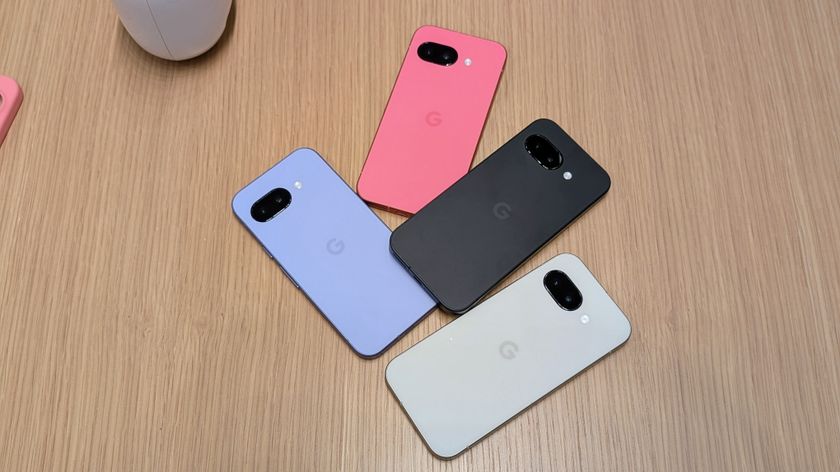First comparison: Google Pixel XL vs. iPhone 7 Plus
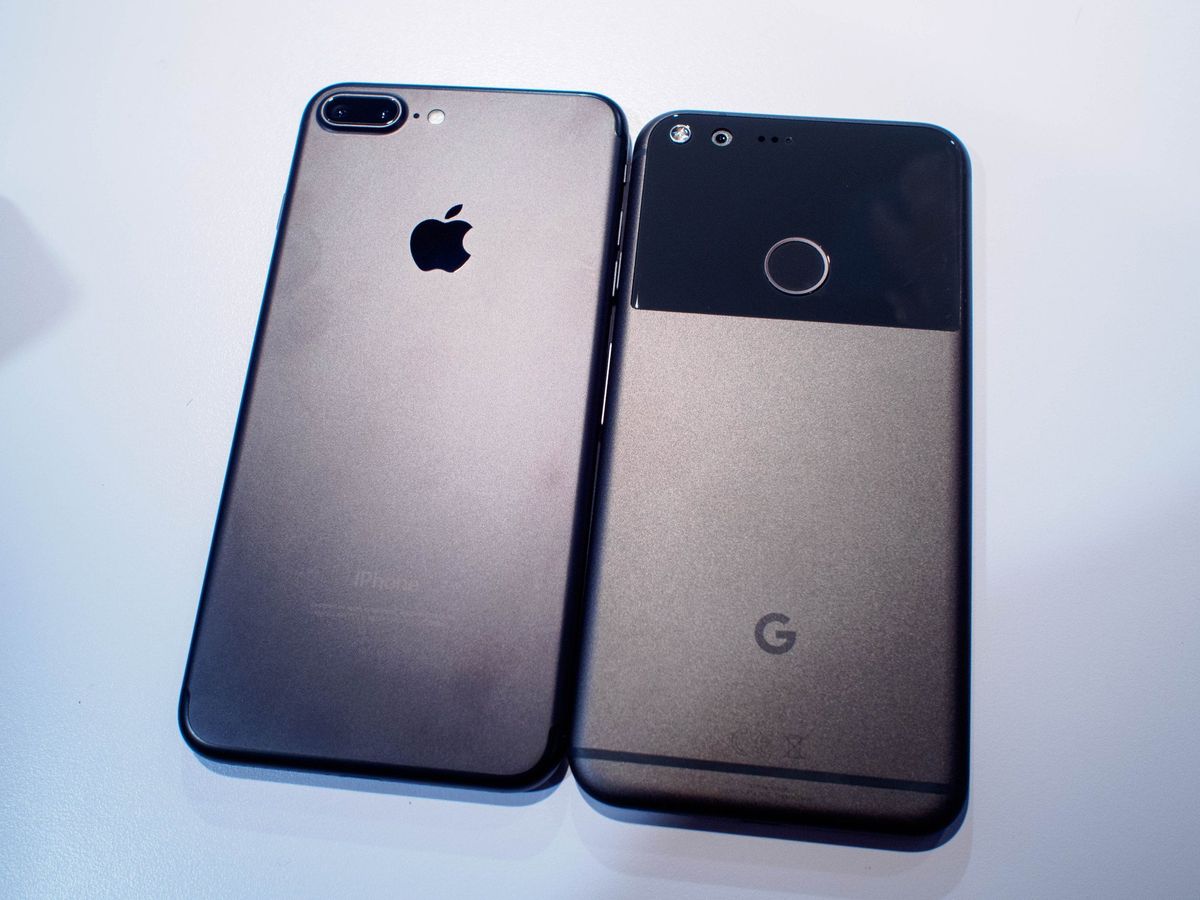
There can be no doubt that Google's new Pixel phones are all about competing directly with Apple and its iPhone. After years of letting hardware partners focus on specs and disparate features, Google has a top-of-the-line phone with a set of software features that are guaranteed to stand out in an increasingly crowded market. These are phones promising unlimited free photo backup, a deeply integrated AI, and software updates that are not only timely but install in the background with no effort on the user's behalf.
This creates a scenario that even diehard Apple fans are forced to sit back and appreciate, and when it comes to hardware we've now got a quick look at how the Very Black Pixel XL looks next to the Black iPhone 7 Plus. Take a look!
On the inside



We've all seen the renders, and a significant number of you walked away with a single though in your head: "This thing looks like an iPhone." As is all too often the case, these renders do the real Pixel XL little justice. Picking this phone up reveals a unique overall feel, not quite like any other phone out there right now. The tapers on the edges are less dramatic than the HTC 10, and as a result make the phone feel almost as curvy as a Note 7. The metal body offers a nice grippy texture, and the bezels are thin enough that you can feel confident you're gripping the phone while using it with one hand.
It's a significant departure from the iPhone 7 Plus, whose bezels are large enough that reaching across is difficult. Both of these phones rock a 5.5-inch display, but the Pixel XL itself is noticeably more comfortable to hold and use. The glass at the top offers a nice tactile differentiation, and happens to look pretty great, too.
While we know the actual manufacturer of Google's Pixel XL is HTC, you won't find their branding anywhere near this device. According to Google, every inch of the Pixel was designed internally. These are Google's phones inside and out, making them the closest thing to Apple's setup we've seen since the beginning of Android. While we're not seeing any totally custom chips like Apple's A10 Fusion, the specs here are plenty impressive.
| Category | Google Pixel XL | iPhone 7 Plus |
|---|---|---|
| Operating System | Android 7.1 with Google UI | iOS 10.2 |
| Processor | Qualcomm Snapdragon 821 | Apple A10 Fusion |
| RAM | 4GB | 3GB |
| Display | 5.5-inch AMOLED 2560x1440 | 5.5-inch 1920x1080 IPS |
| Rear Camera | 12MP ƒ/2.01.55-micron pixelsPDAF, Laser Autofocus | 12MP wide-angle (ƒ/1.8 aperture) and telephoto (ƒ/2.8 aperture)Optical zoom at 2x, digital zoom up to 10xOptical image stabilization, Quad-LED True Tone flash |
| Front camera | 8MP | 7MP |
| Battery | 3450mAh non-removable | 2900mAh non-removable |
| Charging | Fast charging | Standard charging |
| Connectivity | USB Type-C, Bluetooth 4.2 | Lightning, Bluetooth 4.2 |
| Fingerprint sensor | Yes | Yes |
| Storage | 32GB/128GB | 32GB/128GB/256GB |
| IP rating | IP53 | IP67 |
| Colors | Quite Black, Very Silver, Really Blue | Rose Gold, Gold, Silver, Black, Jet Black |
| Price | $769 | $769 |
Specs rarely tell you the whole story, and there's going to be a lot of questions in need of answering when we actually get an extended period of time with the Pixel XL. Apple frequently demonstrates an ability to do more with less when it comes to battery, and while the Pixel's AMOLED display is very good, Apple's 1080p display is still one of the nicest LCD panels out there. There's also the Snapdragon 821 processor, which claims to be 10% faster in most tests than the Snapdragon 820, but it's likely not as capable overall as Apple's ridiculous A10 Fusion chip in a straight performance test.
With zero shutter lag and HDR+ enabled by default, that camera comparison is going to be very interesting.
One particularly interesting note on this spec sheet, and something we're all very eager to try, is the camera on the Pixel XL. Despite having the slightly narrower f/2.0 aperture, DXOMark claims this is the best smartphone camera in existence today. Google was quick to trumpet the superiority over the iPhone 7 in their presentation, but the iPhone 7 Plus has an extra trick with the second "zoom" sensor-lens combo on the back. This feature allows for the equivalent of 2x optical zoom, along with a "portrait" mode that is currently in beta, which competes with Google's artificially-generated Lens Blur feature in its camera app. One thing we can say for sure is most of the time you'll be able to launch the camera faster on the Pixel XL thanks to a dedicated double-press of the power button from anywhere. Combined with zero shutter lag and HDR+ enabled by default, we can't wait to see the results.
Be an expert in 5 minutes
Get the latest news from Android Central, your trusted companion in the world of Android
Google's Pixel phones also lack any real form of waterproofing, which isn't great when you consider the price tag and the phones Google is competing with. Both Samsung and Apple stepped up their waterproofing game this year, and in this respect Google lagging behind is noticeable. This isn't likely to be a big deal to everyone — at least until the phone is dropped in a puddle.
How all of this shakes out for real world testing is uncertain, but in our brief time with both the iPhone 7 and Pixel XL we learned that they look and feel nothing alike in person, and both offer truly compelling hardware packages at premium price tags. Identical price tags, as a matter of fact. It's almost like that was done on purpose.
On the inside
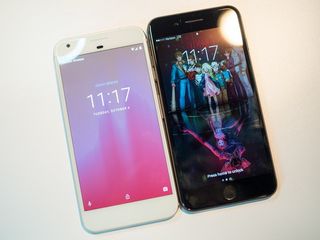
While arguing iOS vs Android is mostly a waste of time, the Pixel experience promises something very different from your average Android experience. While Google is choosing to compete on some features — it has just realized Duo and Allo to take on Facetime and iMessage, respectively — it seems like there's a significant cultural difference between going all in with Google versus going all in with Apple.
The two phones have identical price tags — almost like it was done on purpose.
Apple's big focus right now is on protecting user data by doing most AI-based calculations on the device itself. That means those features exist locally and often don't communicate with other apps phone; the benefit is that cloud data breaches don't affect your personal data.
Google, on the other hand, wants you to be constantly connected and aims to improve your experience by offering features that work everywhere — and better, as you feed it more information. Google wants to build a personal experience just for you by sharing parts of your experience with all of the apps you use in the most secure way they can manage. Apple wants to offer you better ways to use Apple products, often at the expense of interoperability.
Is one better than the other? There's no easy answer to the question, and that answer certainly doesn't apply to everyone. For now, Google is offering unlimited free full resolution backups for all your photos and video, an AI that learns as you interact with it, and immediate software updates that download in the background and install automatically without any real time or effort from you. To some extent, Apple — even with iCloud Photo Library, Siri, and constant updates — doesn't offer as mature an experience across all of those categories, and that's what could really make the Pixel phones enticing to all people, even those with iPhones in their hands.
Has Google made the "iPhone killer" or a clone that is likely to be less interesting? Share your thoughts in the comments!
